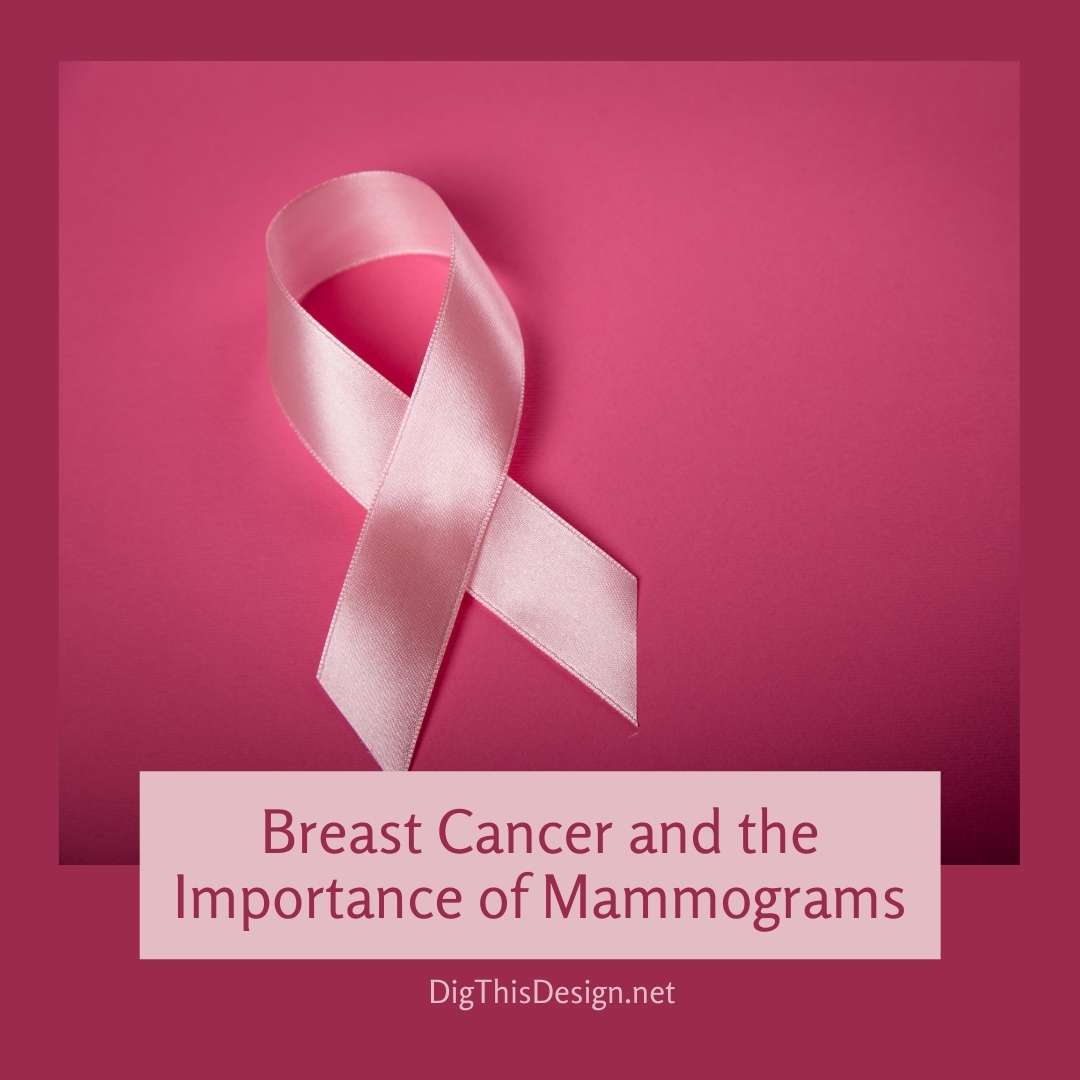October is the official Breast Cancer Awareness Month. Aimed at early detection and awareness it’s important because The National Cancer Institute reports that an estimated 232,340 women will be diagnosed with cancer in 2013 and 39,620 women will die. As long as you’re not pregnant, The American Cancer Society and doctors recommends a woman obtain her first screening mammogram between 35-40 years old, and go for follow-up screenings every 1-2 years.

What is a Mammogram?
Are you wondering what a mammogram is? Mammograms have been described by many women as uncomfortable because the breast is compressed between two firm flat panels. According to Stoppler (n.d.) “mammogram is an x-ray test that produces an image of the inner breast tissue on film. This technique, called mammography, is used to visualize normal and abnormal structures within the breasts.
Mammography, therefore, can help in identifying cysts, calcification’s, and tumors within the breast. It is currently the most efficient screening method to detect early breast cancer. Breast self-examination (BSE) on a monthly basis and examination by a doctor are still important, but physical examinations typically find breast cancers when they are much larger than those detected by mammography.” (Mammogram, para. 2).
The Two Types of Mammograms
There are two types of mammograms used to screen for breast cancer. A screening mammogram checks for breast cancer in women that have no signs or symptoms of the disease. Diagnostic mammograms check women for breast cancer once a lump or other sign or symptom of the disease has been found.
Fortunately the discomfort only lasts a few seconds for a procedure that could be a life saver. Mammograms are not foolproof, but advanced breast cancer screenings can help reduce breast cancer deaths in women ages 40 to 70. If a person receives abnormal mammogram results additional testing, such as a biopsy, may be obtained.
Overall adult women of every age should perform breast self-examinations every month to help you become familiar with the look and feel of your breasts. This will aid you in knowing when to report lumps and/or breast pain to your health care provider immediately. Self-examinations can be done in the shower, in front of a mirror or lying down. Everyone should know the importance of breast cancer, and if you are between 35-40 years talk to your doctor about getting a mammogram.
Jamacia Magee, FizzNiche Staff Writer
References:
Stoppler, M. C. (n.d.). Mammogram.
Images Courtesy of Canva.





